Table of Contents
In this Start With Why book summary, we examine the key concepts of Simon Sinek’s book, “Start With Why,” which explores how great leaders inspire action. The book presents the Golden Circle framework, emphasizing the importance of understanding and communicating one’s purpose (WHY) to build loyal followings and achieve lasting success.
The Power of “Why”
Sinek argues that people don’t buy WHAT you do, they buy WHY you do it. This means consumers are more interested in the purpose and beliefs behind products and services rather than their features and benefits. Successful leaders and organizations understand this principle and communicate their WHY effectively. Apple, for example, inspires loyalty by emphasizing its belief in challenging the status quo and thinking differently, not by simply listing the specifications of their computers. This WHY resonates with consumers who share those values.
The book emphasizes that communicating from the WHY outward creates a sense of belonging and purpose that inspires people to act. This inspiration transcends traditional incentives like price and promotions. For instance, people are willing to pay a premium for Apple products not just because they are well-designed, but because they represent a belief system.
The Golden Circle Framework
The Golden Circle is a simple but powerful framework consisting of three concentric circles: WHY, HOW, and WHAT. This framework explains how inspiring leaders and organizations think, act, and communicate:
- WHY: This is the core purpose, cause, or belief that drives an individual or organization. It answers the question of why the organization exists.
- HOW: This represents the actions taken to realize the WHY. It includes processes, strategies, and values that differentiate the organization.
- WHAT: This encompasses the tangible results of the HOW, including products, services, marketing, and company culture.
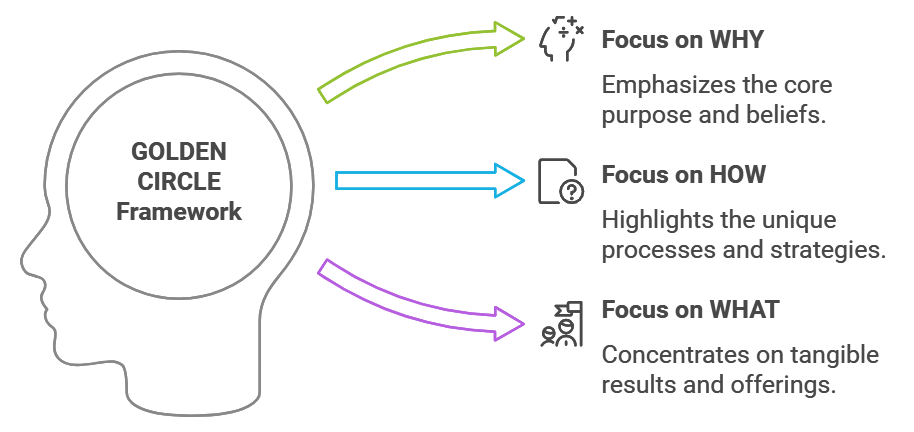
Inspiring leaders and organizations communicate from the inside out, starting with WHY, then moving to HOW, and finally WHAT. This approach is more effective because it speaks directly to the emotional part of the brain (the limbic system) which drives decision-making. This contrasts with most companies who communicate from the outside in, leading with WHAT and HOW, and focusing on rational arguments.
The book provides examples of individuals and organizations who embody this principle. The Wright brothers, driven by their WHY of changing the world with flight, succeeded despite lacking resources compared to their competitor, Samuel Pierpont Langley, who was primarily motivated by fame and fortune.
Clarity, Discipline, and Consistency
Sinek emphasizes the importance of clarity, discipline, and consistency for the Golden Circle to work effectively.
Clarity of WHY: Leaders must be able to clearly articulate their organization’s purpose. This clarity enables employees to understand their work’s significance and motivates them to contribute to the cause. A lack of clarity can lead to employees feeling unfulfilled and less likely to support the organization.
Discipline of HOW: Organizations must establish clear values and guiding principles that reflect their WHY. Everyone in the organization should adhere to these principles. This discipline ensures authenticity and builds trust.
Consistency of WHAT: Everything an organization does must be consistent with its WHY. This includes products, services, marketing, PR, culture, and even hiring practices. This consistency reinforces the organization’s beliefs and strengthens its authenticity. Lack of consistency can lead to distrust and perceptions of inauthenticity.
Building a Megaphone: Amplifying the Why
To inspire action on a larger scale, individuals and organizations need to build a megaphone to effectively communicate their WHY. This megaphone represents the organization itself, acting as a channel to amplify the leader’s vision and beliefs to the outside world. Building an effective megaphone requires:
- Clarity: The organization’s WHY must be clear before amplifying the message. Without a clear message, amplification results in noise and clutter.
- Authenticity: The message must be authentic, reflecting the genuine beliefs of the leader and organization. Inauthentic communication erodes trust and diminishes the effectiveness of the megaphone.
- Symbols and Storytelling: Organizations can use symbols, stories, and metaphors to effectively communicate their WHY. These elements resonate with the emotional part of the brain and make the message more memorable. Apple’s “1984” commercial is a powerful example of this principle.
- Consistency Across Channels: All communication channels, including products, services, marketing, and partnerships, should consistently reinforce the organization’s WHY. This consistency strengthens the brand identity and makes the message more impactful.
The Challenge of Success: Maintaining Clarity
Maintaining clarity of WHY as an organization grows and succeeds is a significant challenge. As companies expand, decision-making gets delegated, new employees join, and the founder’s vision might become diluted. To overcome this challenge, organizations should:
- Infuse the WHY into the Culture: Integrating the founder’s WHY into the company’s culture and values is critical. This ensures that everyone, regardless of their position or time with the company, understands and embodies the organization’s purpose.
- Develop a Strong Succession Plan: Future leaders should be individuals genuinely inspired by the founding cause and capable of carrying it forward. This maintains the WHY as central to the organization’s identity, even with leadership changes.
- Continuously Reinforce the WHY: Leaders should consistently communicate the organization’s WHY and hold everyone accountable to its values. This prevents the WHY from becoming unclear and ensures that the organization stays true to its purpose.
Starbucks, for example, faced challenges when founder Howard Schultz stepped down as CEO. The company’s focus shifted from the “third space” experience to simply selling coffee, resulting in declining customer satisfaction and brand value. Schultz’s return as CEO and subsequent efforts to re-emphasize the company’s original WHY helped put Starbucks back on track.
The New Competition: Competing Against Yourself
Sinek encourages individuals and organizations to compete against themselves rather than their competitors. This means focusing on continuous improvement and staying true to one’s WHY. This approach avoids the need for manipulative tactics and fosters a culture of innovation.
By embracing their WHY and communicating it effectively, organizations attract those who share their beliefs, leading to a loyal following that contributes to their success.
This approach ultimately allows individuals and organizations to make a positive impact on the world. “Start With Why” emphasizes that understanding and embracing the power of WHY is essential for building lasting success and inspiring others.
Who Should Read “Start With Why”?
- Leaders and aspiring leaders: The book explains the importance of starting with “why” – the purpose, cause, or belief – to inspire others.
The book uses numerous examples, such as Apple, Southwest Airlines, and Martin Luther King Jr., to demonstrate how great leaders inspire action. It provides a framework, the Golden Circle, to help leaders understand and communicate their “why”.
- Business owners and entrepreneurs: The book offers practical advice on building a successful business by focusing on the “why.” It explains how a clear sense of “why” can help attract loyal customers, employees, and partners.
It emphasizes the importance of hiring people who believe in the company’s “why,” and how that can lead to a stronger company culture and greater success.
- Marketers and salespeople: The book provides insights on how to effectively communicate a company’s value proposition by starting with “why.” It argues that people don’t buy what you do, they buy why you do it.
It provides examples of how companies like Apple have successfully used their “why” to create a loyal following and differentiate themselves from competitors.
- Anyone seeking a more fulfilling career: The book encourages readers to find their own “why” and align their work with their beliefs. It suggests that people who love going to work are more productive and creative. It offers practical advice on finding a job that fits one’s values and passions.
- Anyone interested in social change: The book provides a framework for understanding how social movements gain momentum and achieve lasting change. It uses the civil rights movement as an example of how a clear sense of “why” can inspire people to action and create a lasting impact.
Overall, “Start With Why” offers a compelling argument for the power of purpose and its ability to inspire action. It provides a practical framework and numerous real-world examples to help readers understand and apply the principles of the Golden Circle.
Whether you’re a leader, entrepreneur, marketer, or simply someone seeking a more fulfilling life, this book offers valuable insights and inspiration.

Liked this Start With Why book summary? Read other book summaries here
For books on leadership and management, click here
You may also like:
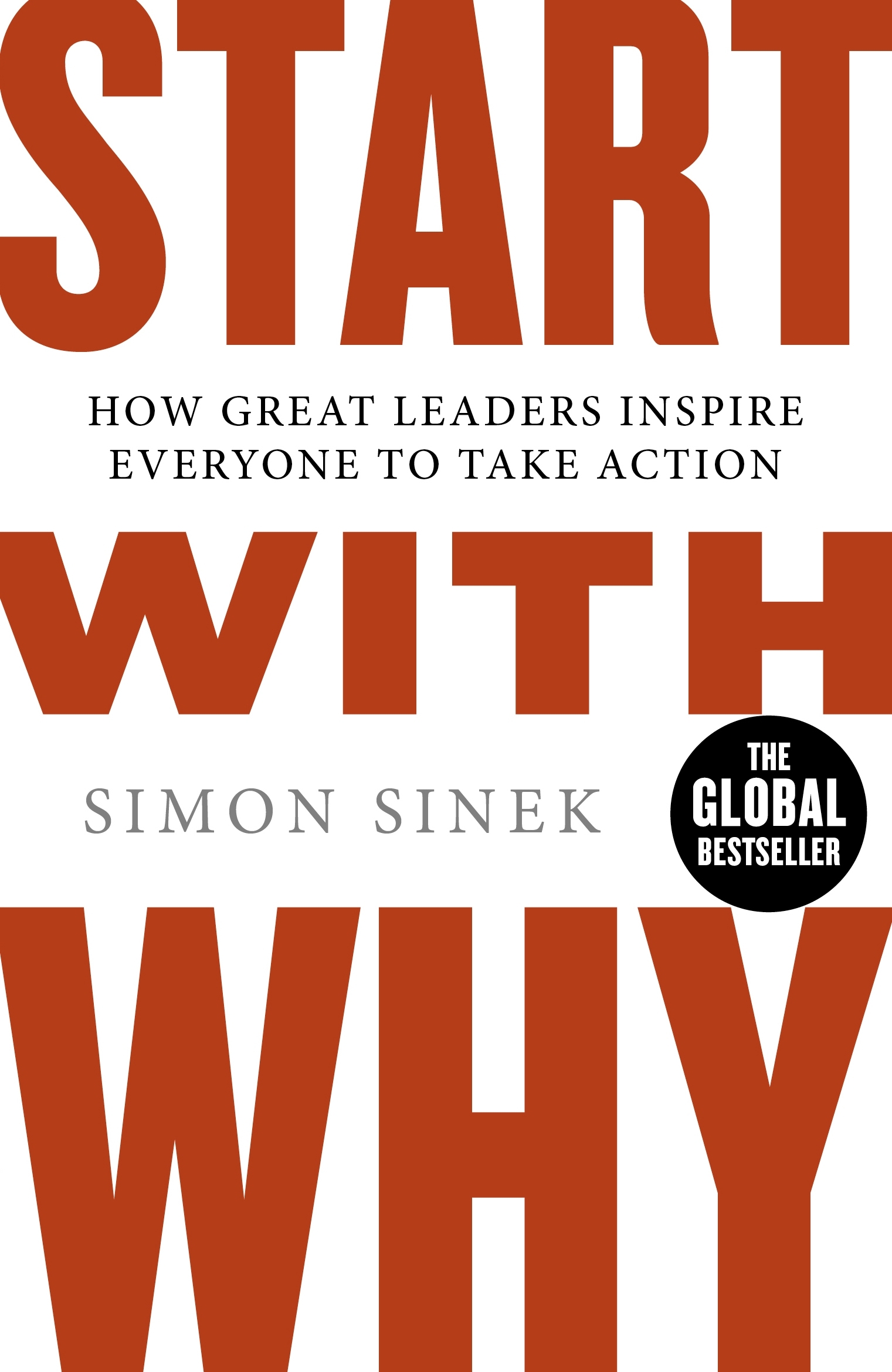

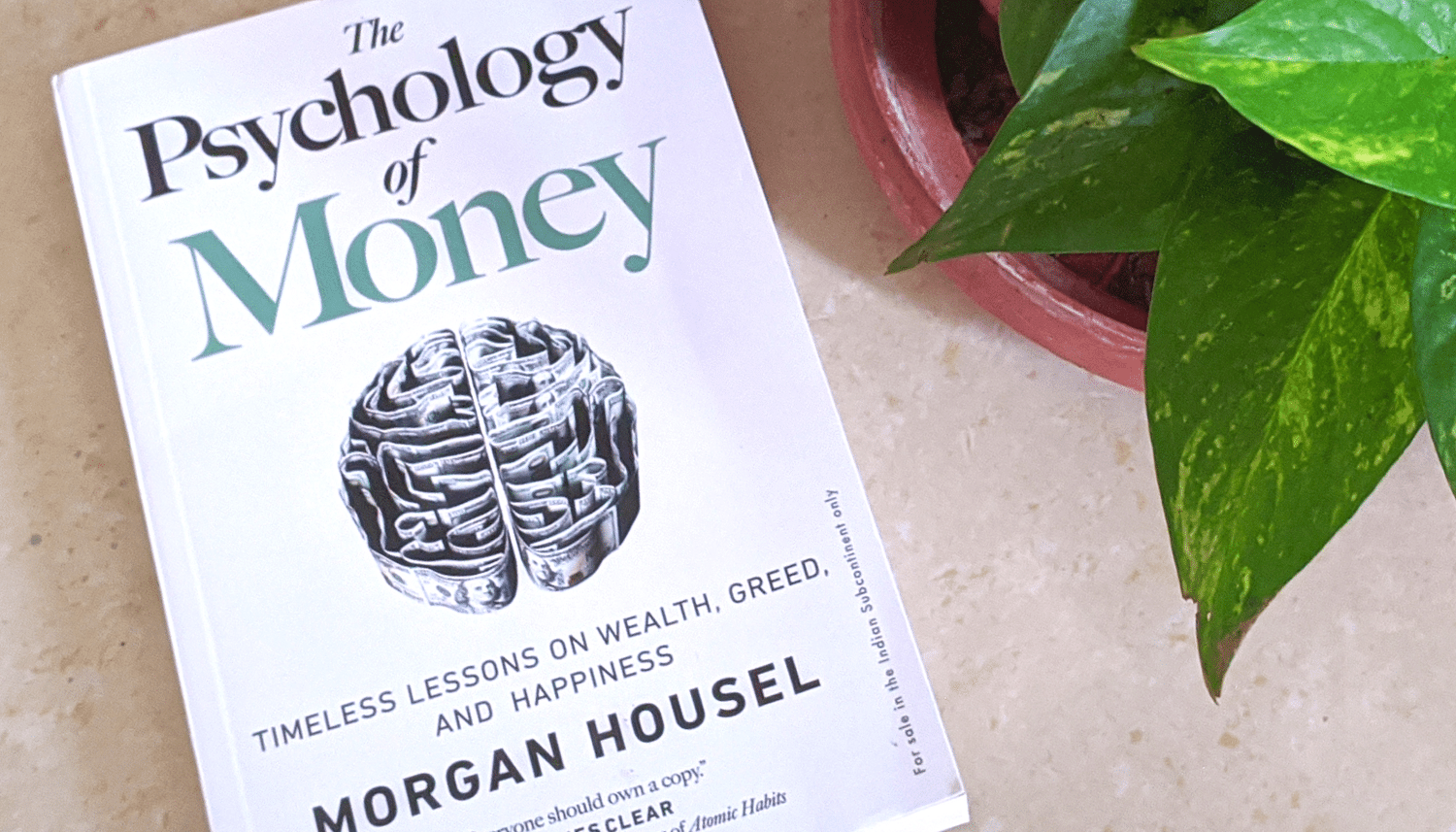
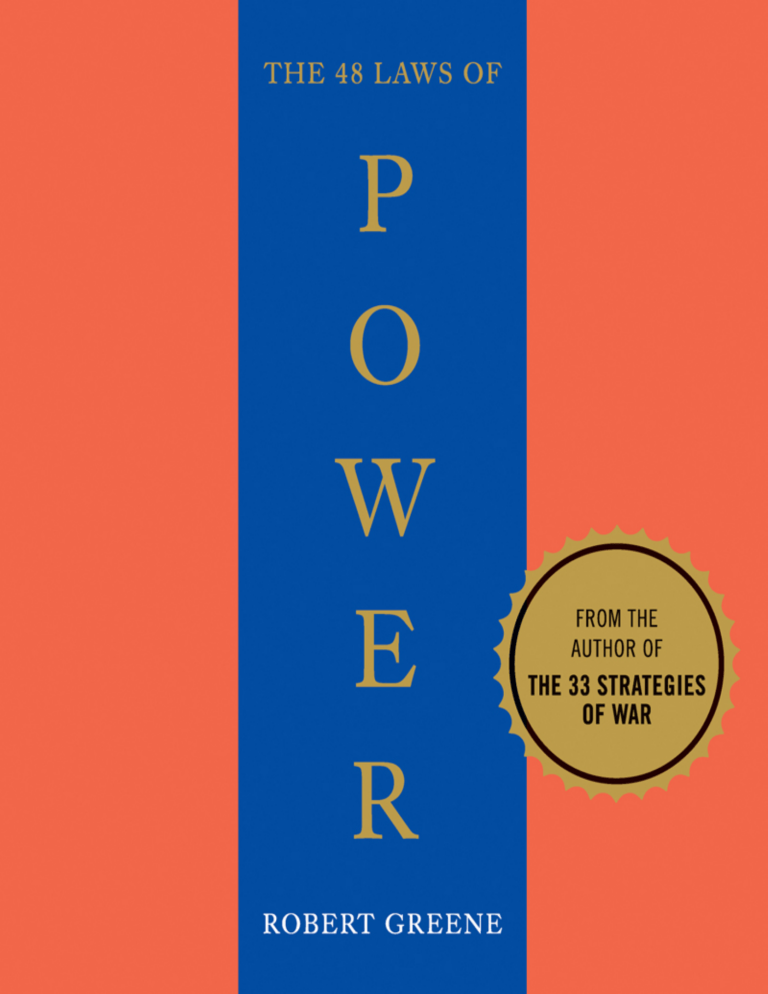

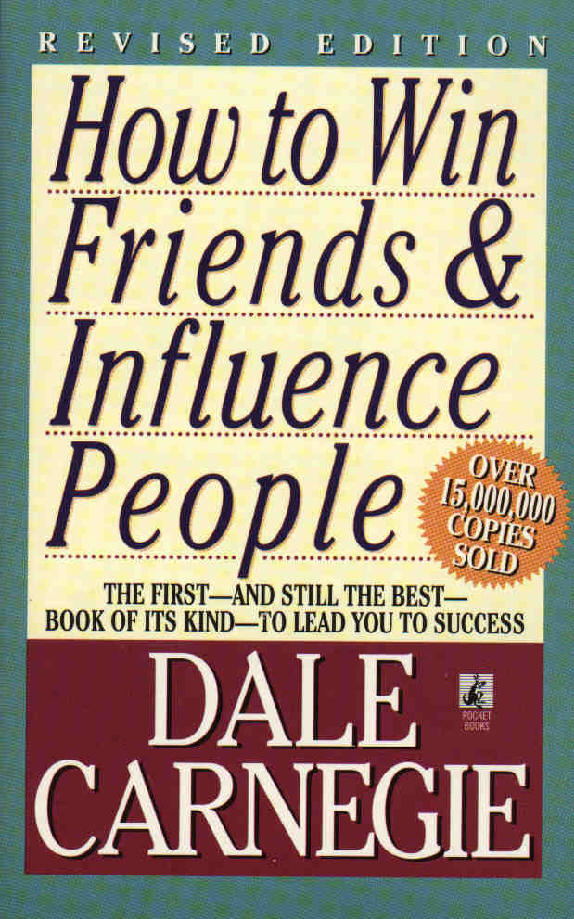


Leave a Reply to Blue Ocean Book Summary on Strategies for Innovation Cancel reply